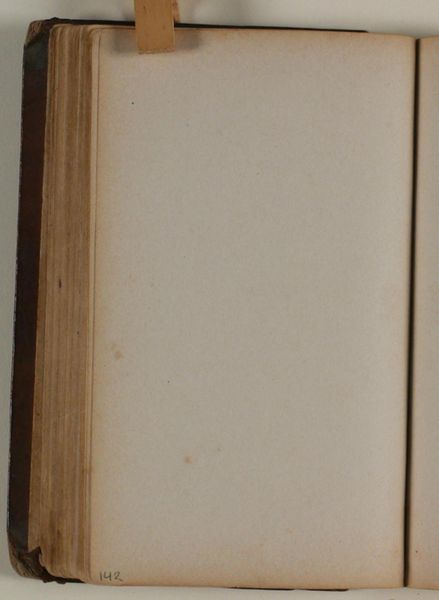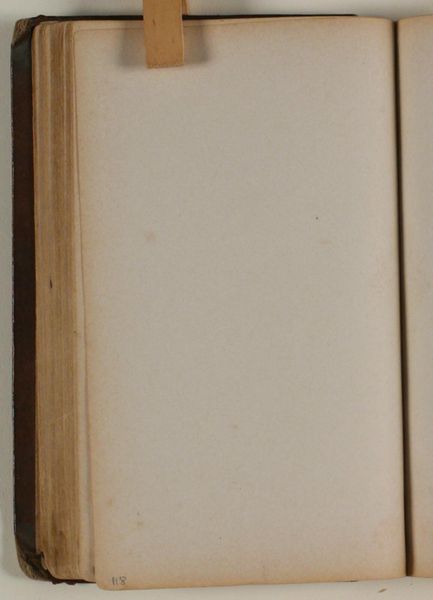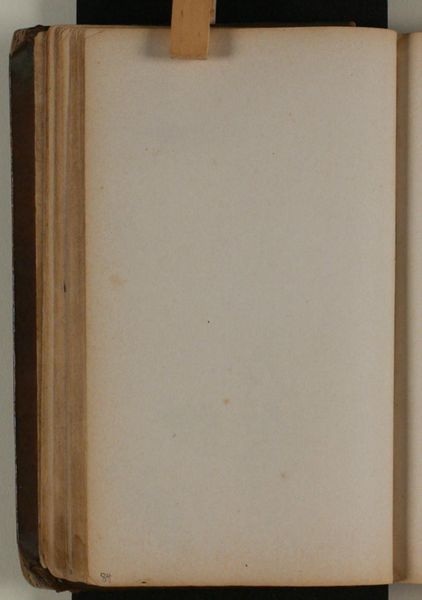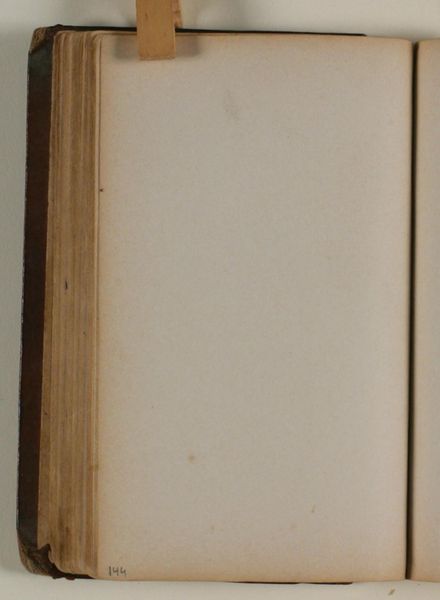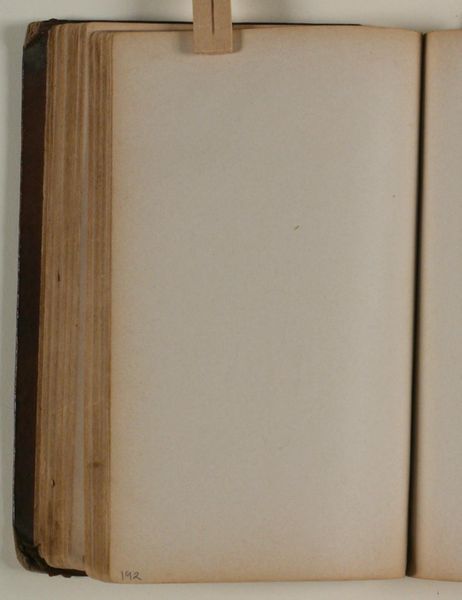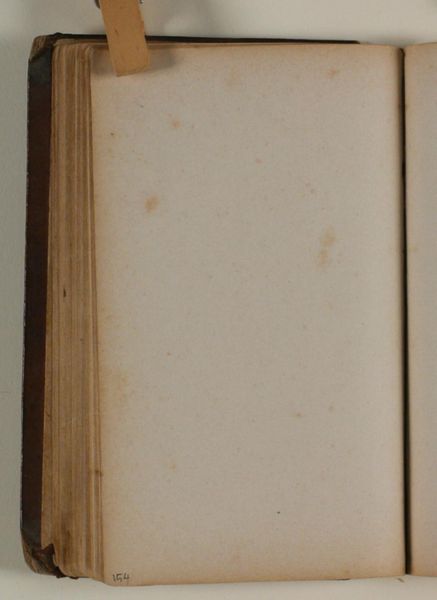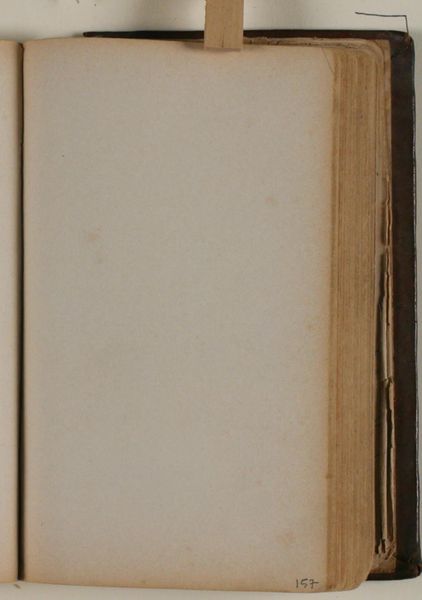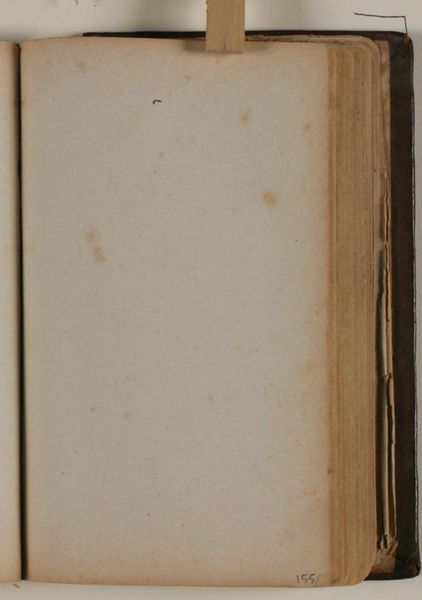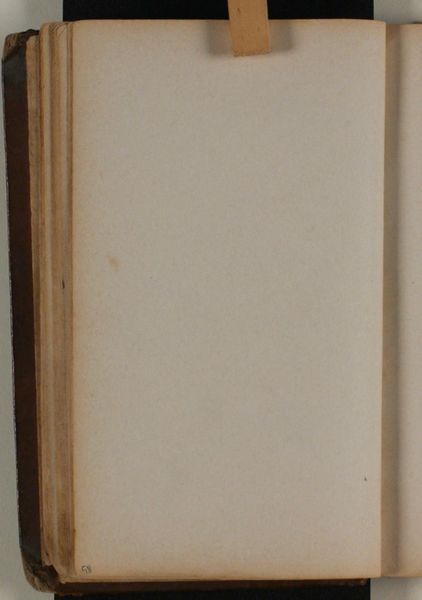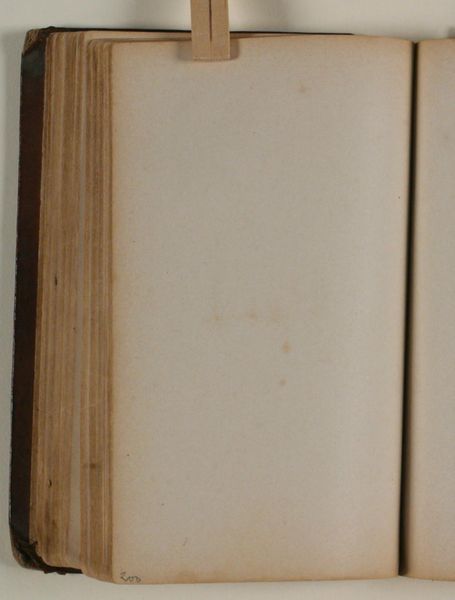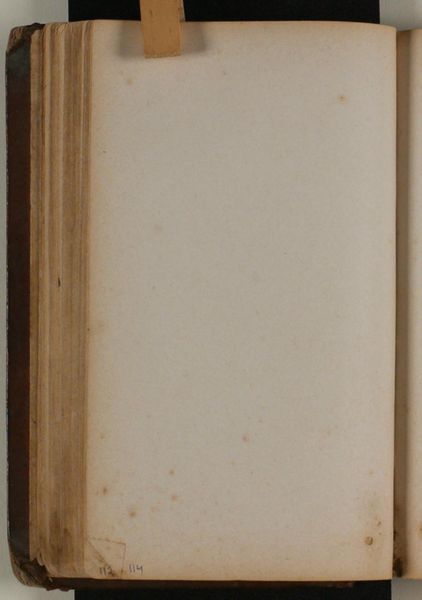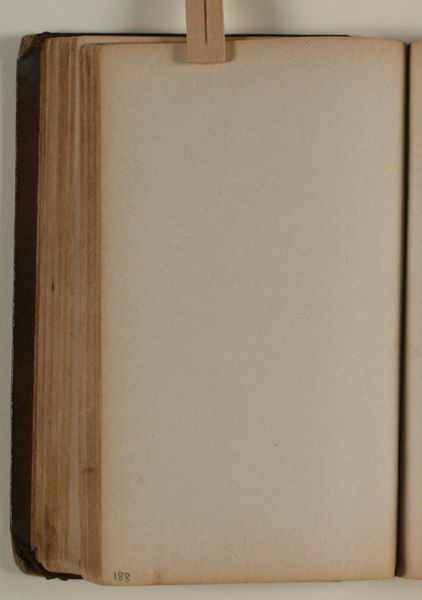
drawing, paper, pencil
#
drawing
#
paper
#
coloured pencil
#
pencil
Editor: This is "Blank" by Niels Larsen Stevns, probably from between 1864 and 1941, held at the SMK. It appears to be a drawing in pencil and coloured pencil on paper – and… well, it’s a blank page. It looks almost like an open ledger, but devoid of information. How should we approach something that is so pointedly *not* an image? Curator: An absence is, after all, also a presence. What is present is the labor involved in preparing the materials: the grinding of the pigments for the coloured pencils, the pulping of the wood to make the paper, the binding of the book itself. Consider the social context of material production, the artist as laborer – is "Blank" a commentary on the means of artistic production? Editor: That’s a fascinating perspective! I hadn’t thought about the art-making process itself being the…subject? The object, rather. But is it art if nothing is depicted on it? Curator: It pushes against those very definitions. It forces us to acknowledge the labor often hidden in the creation of "high art" objects. It foregrounds the value we place, or fail to place, on material processes and the people engaged in those activities. Does the "art" only reside in the completed image, or is it inherent to the entire chain of production, of making-as-work? Where do you locate art's meaning? Editor: I suppose I’m used to thinking of art as existing within the frame, or on the page, not as something encompassing all of the creation that makes a frame or a page possible. This challenges traditional boundaries so drastically that, honestly, it's hard to feel that *this* is a piece of art, rather than a raw material. Curator: Precisely! "Blank" refuses to be confined by traditional definitions of art, prompting critical engagement with the material conditions of art-making, labour and commodity. Perhaps its artistic value rests in this ability to disrupt, reveal, and ask hard questions, using "nothing" as a point of intervention. Editor: I guess what I’m learning here is to look *around* the art, to its origins, almost like a raw supply chain. Thanks, that was incredibly helpful! Curator: The pleasure was all mine. It's exciting to find fresh perspectives on pieces, especially when something deceptively simple pushes the art's boundary this far!
Comments
No comments
Be the first to comment and join the conversation on the ultimate creative platform.

